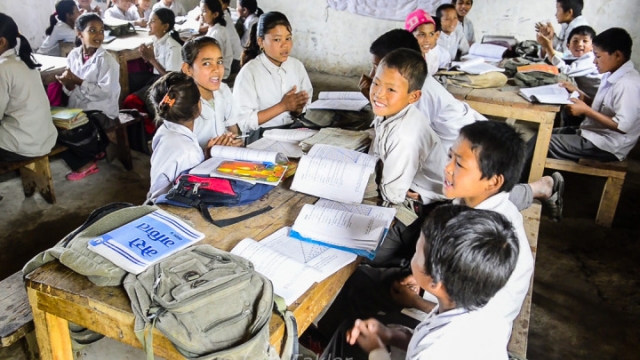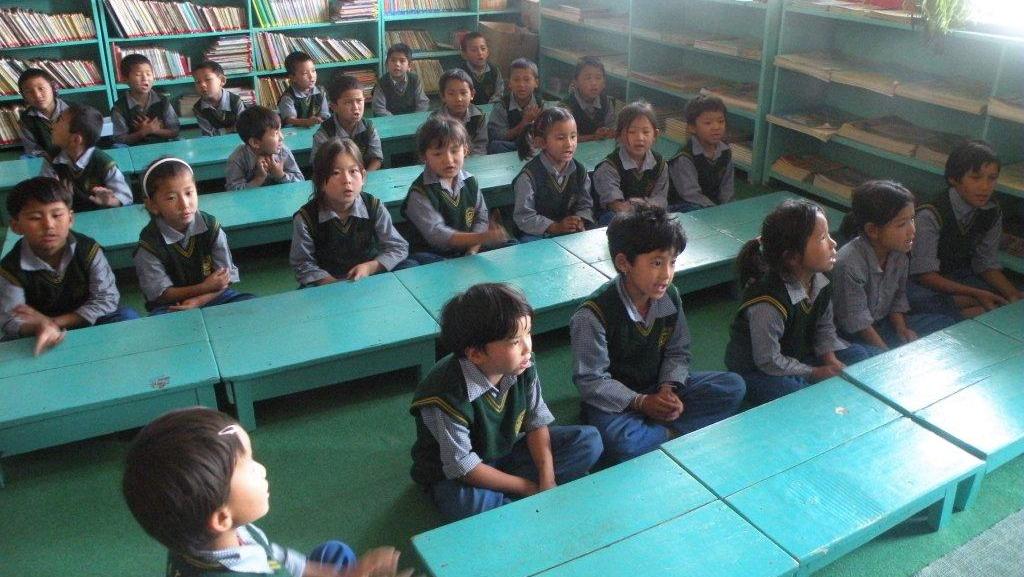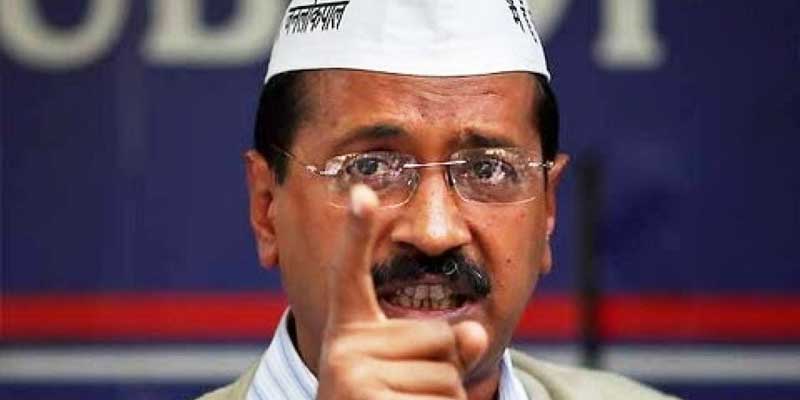The gap between top schools and mass institutions in India is widening and has the potential to slow domestic economic growth, deepen income inequality and create less social mobility, warns a study.
The gap between top schools and mass institutions in India is widening and has the potential to slow domestic economic growth, deepen income inequality and create less social mobility, warns a study.
The country is investing in elite science and technology colleges in a bid to create world-class institutions and gain a long-distance edge over developed nations like the United States and Europe. But the mass institutions are receiving fewer resources, and that’s where most of the students go.
Students who go to the mass institutions are not getting high quality, competitive educational experiences, and many of the students also get stuck with big bills as funding assistance is directed towards the elite universities. This redistribution of funds away from second-tier institutions has serious implications as the engine of the economy is those who attend mass institutions, says the multidisciplinary Stanford University study.

“What happens, then, is they are doing a good job of educating students at the elite levels, but they are not doing a good job of educating students at the non-elite levels who are also fundamental for the economy,” said Prashant Loyalka, research fellow at the university’s Freeman Spogli Institute for International Studies and one of the study’s authors.
The study covered the growth of higher education in the world’s four largest emerging economies — Brazil, Russia, India and China– where in the past 20 years, university systems have “just exploded”.
“So the questions are why did it happen and what are the implications? What happens to their societies if all the energy is focussed on elite institutions? The researchers approached these questions with the belief that societies and governments can be judged by the way they invest in and organise their public higher education systems, said Martin Carnoy, professor of education.
For example, how well these countries create a labour force that is competitive in the information age depends on the quality of higher education. Whether people have equal chances to succeed relies on having colleges that are accessible to even the poorest students. And how effectively a country expands its university system may determine how successful it is at growing a robust economy and competing with advanced countries.
“If you have economic growth and provide educational opportunities, you’re perceived as a legitimate, successful government,” Carnoy said. “So our theory was, if you can pull this off, if you can successfully expand your university systems, you are likely a pretty efficient government.”
The study found that in absolute terms the sheer number of students graduating from elite institutions in computer science and engineering majors in these countries is high. But sustaining and building innovation hubs requires more than the elite, it said.
Overall, the scholars found that significant challenges remain as these countries march towards creating universities that can rank alongside those in the US and Europe.
In India, Loyalka said, the higher education system “does not appear to be well organized”. India has good technical universities, but “a small proportion of Indians going to those, and the mass institutions are of really poor quality”.
India should increase its graduate education and increase spending on research, said the researchers.
Not even a single Indian higher institution could get a place in the top 100 list of the Academic Ranking of World Universities (ARWU) for 2013 released last week. The only institution to book a slot is Bangalore-based Indian Institute of Science(IISc) that was ranked in the 301-400 category.
China, the scholars said, is doing well. But what about Russia and Brazil?
“Russia has provided the vast majority of its people with a high level of education, but it has lagged in terms of putting money into research,” Loyalka said.
“Brazil has a high-level of graduate education and research at its top-tier public institutions, and these institutions are receiving a lot of support. However, the vast majority of students attend private institutions, which are, on average, of dubious quality.”
So, the concern that these four BRICS countries will develop their own centres of high-tech production and innovation and draw research, development and scholarship away from American shores is still premature, say the researchers.
And President Barrack Obama need not worry about the number of computer science and engineering graduates from Indian and Chinese universities.
Obama has talked about an “education arms race” with countries like China and India and has been asking Americans to produce more graduates to compete globally and regain its top status.
According to the university, the study is one of the first empirical and comparative research, and relied on in-country interviews, surveys, data analysis and classroom observation. It has now been published in a book, “University Expansion in a Changing Global Economy: Triumph of the BRICS?
-IANS





